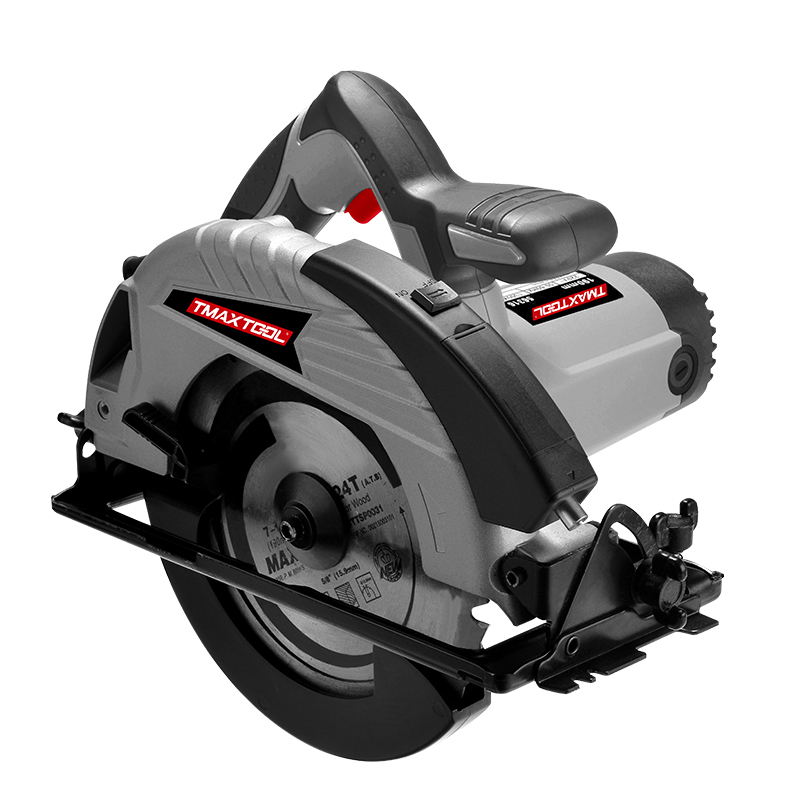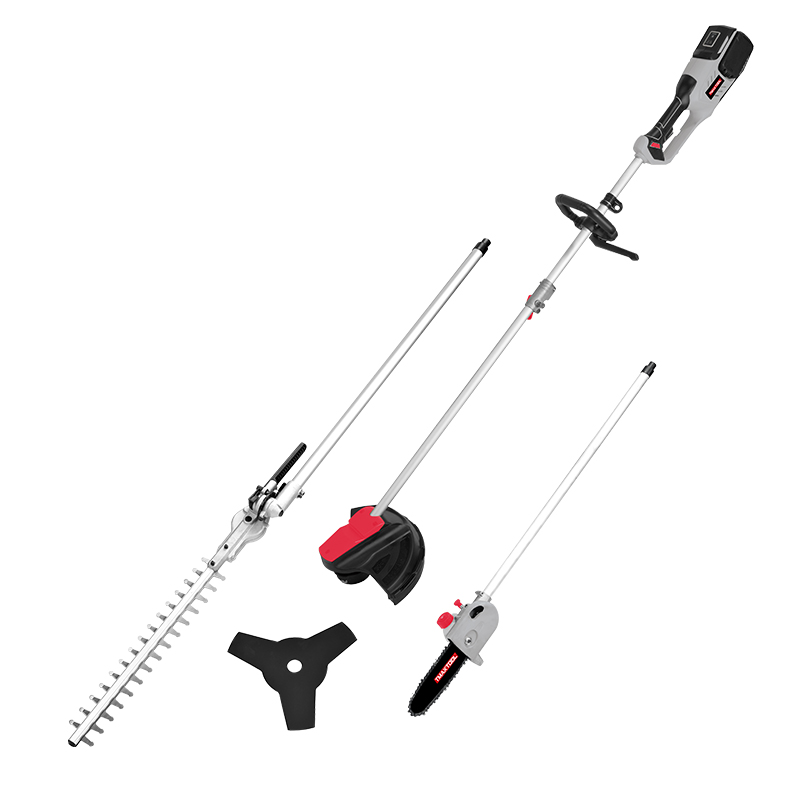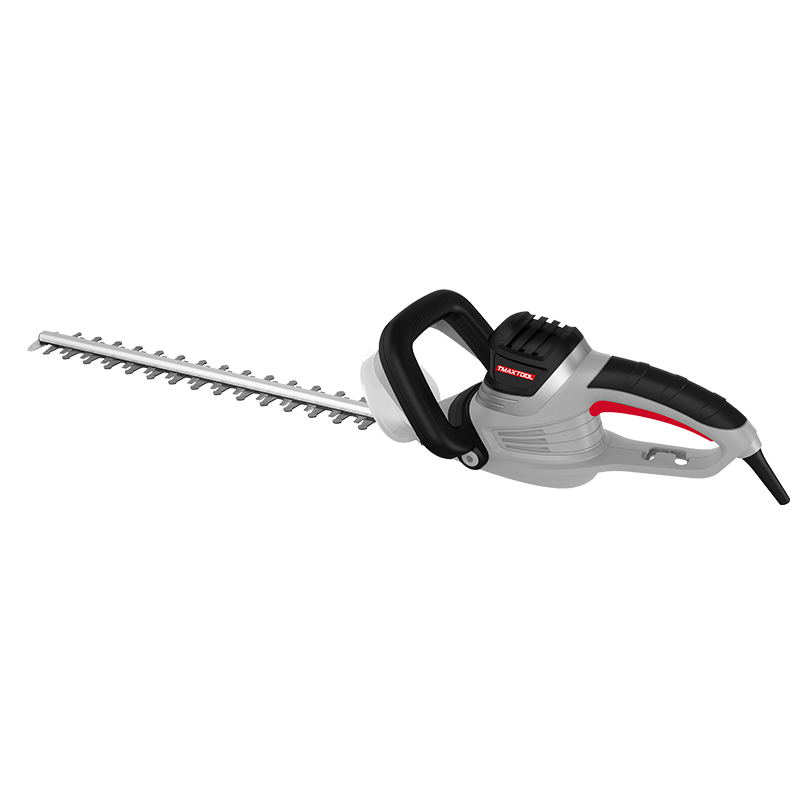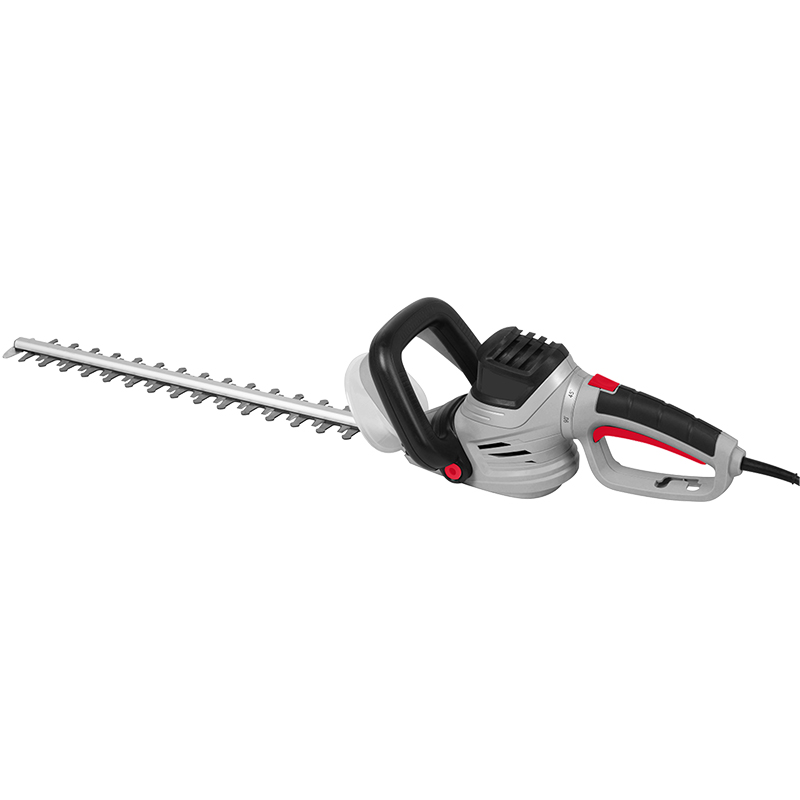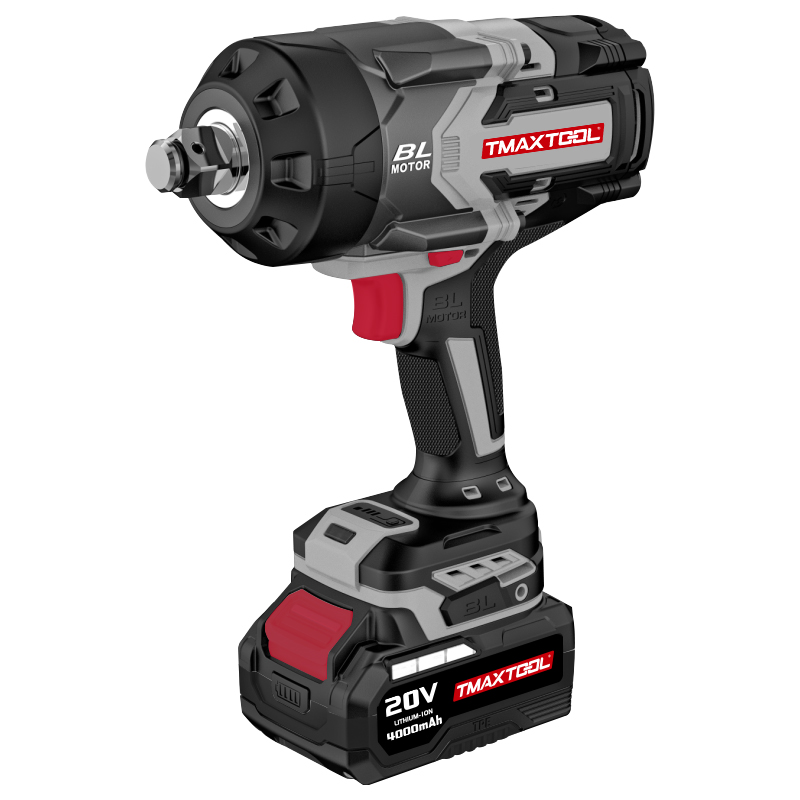1600N.m Brushless Impact Wrench (3/4 inch)
product DETAILS
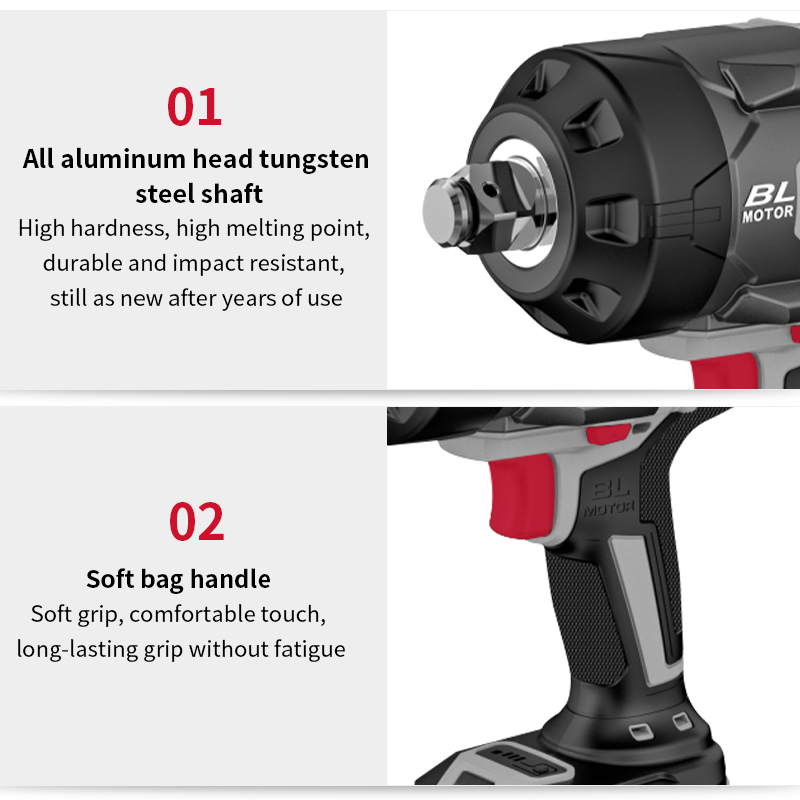
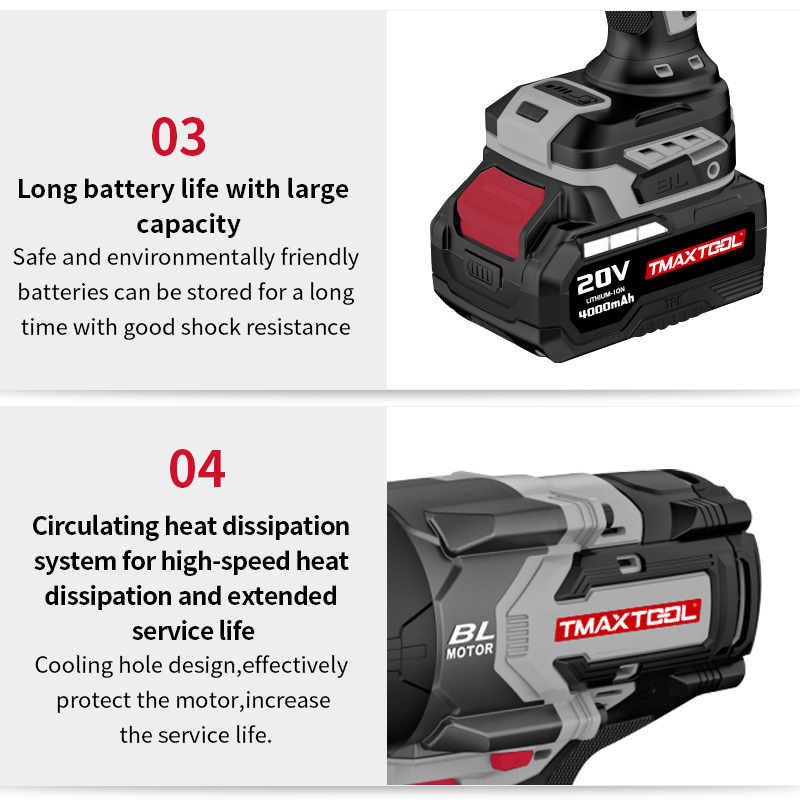
product description
The industrialization process of an impact wrench involves several key stages, from design and manufacturing to assembly and quality control. Here's a general overview:
Design Phase: Industrialization typically begins with the design phase. Engineers and designers develop the specifications for the impact wrench based on market demands, performance requirements, and manufacturing capabilities. This phase involves conceptualizing the product, creating detailed drawings, and determining the materials and components needed.
Material Sourcing: Once the design is finalized, the next step is to source the materials required for manufacturing. This may involve procuring metal alloys for the wrench body, high-strength steel for the anvils, durable plastics for the housing, and other components such as gears, motors, and electronic controls.
Manufacturing Process Planning: Industrial engineers plan the manufacturing process, including the selection of machinery, tooling, and production methods. This phase involves optimizing efficiency, minimizing costs, and ensuring quality control throughout the production cycle.
Machining and Forming: Raw materials are processed through various machining and forming operations to shape them into the components of the impact wrench. This may include turning, milling, drilling, forging, casting, and stamping processes to achieve the desired dimensions and surface finishes.
Assembly: Once the individual components are manufactured, they are assembled into the final product. Assembly may involve manual labor, automated processes, or a combination of both, depending on the complexity of the wrench and the desired production volume.
Quality Control: Throughout the manufacturing and assembly process, quality control measures are implemented to ensure that each impact wrench meets the specified standards for performance, durability, and safety. This may involve inspection checkpoints, testing procedures, and statistical analysis to identify and address any defects or deviations from the design specifications.
Packaging and Distribution: Once the impact wrenches pass quality control checks, they are packaged for shipment to distributors, retailers, or end-users. Packaging may include protective materials, user manuals, and accessories, and distribution channels may vary depending on the target market and distribution agreements.
Post-Sales Support: Industrialization doesn't end with the sale of the product. Manufacturers typically provide post-sales support, including warranty services, technical assistance, and replacement parts, to ensure customer satisfaction and maintain the reputation of the brand.
Throughout the industrialization process, manufacturers strive to balance efficiency, cost-effectiveness, and product quality to meet market demand and remain competitive in the industry. Continuous improvement efforts, feedback from customers, and advancements in technology also influence the evolution of impact wrenches and the industrialization process.

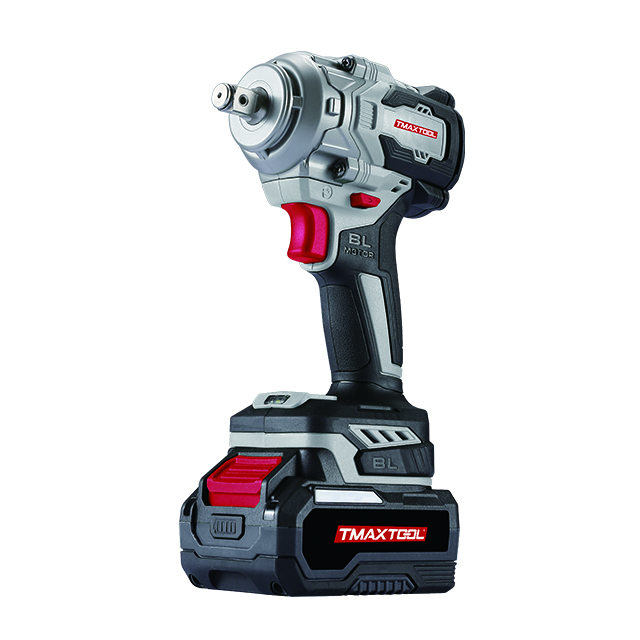 Impact Wrench
Impact Wrench
 Screwdriver
Screwdriver
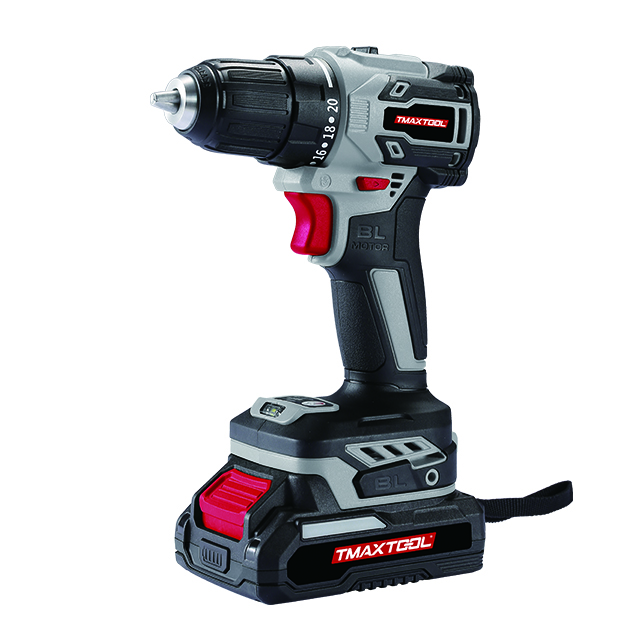 Cordless Drill
Cordless Drill
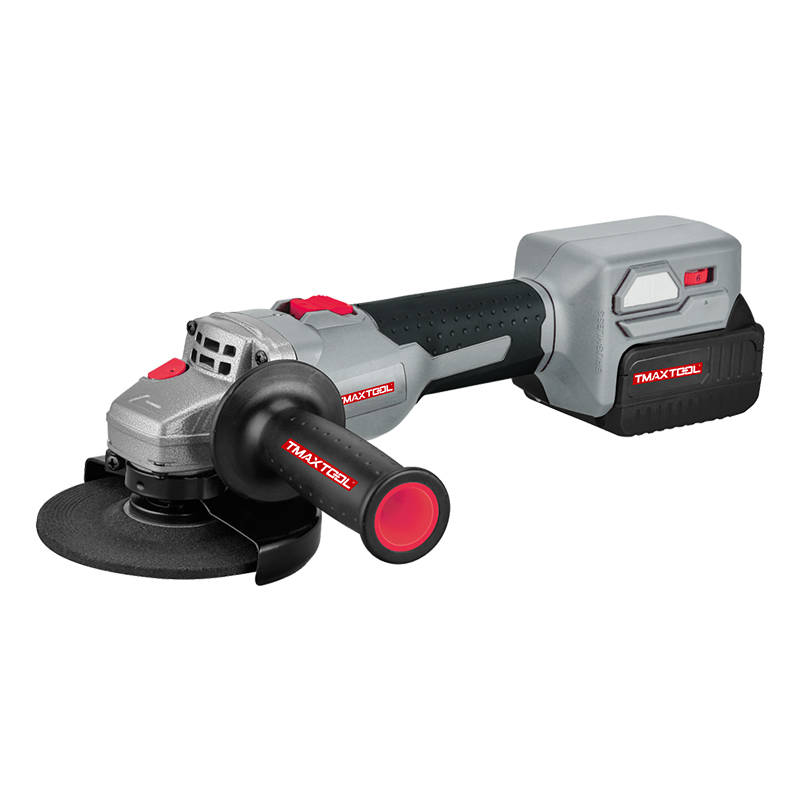 Angle Grinder
Angle Grinder
 Polisher
Polisher
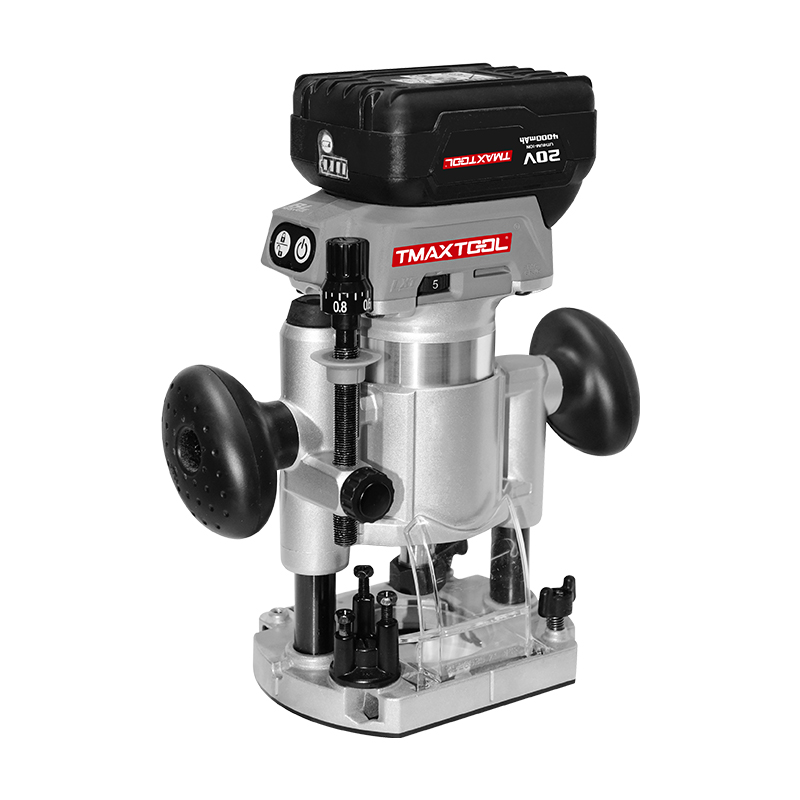 Wood Router
Wood Router
 Jig Saw
Jig Saw
 Hammer Drill
Hammer Drill
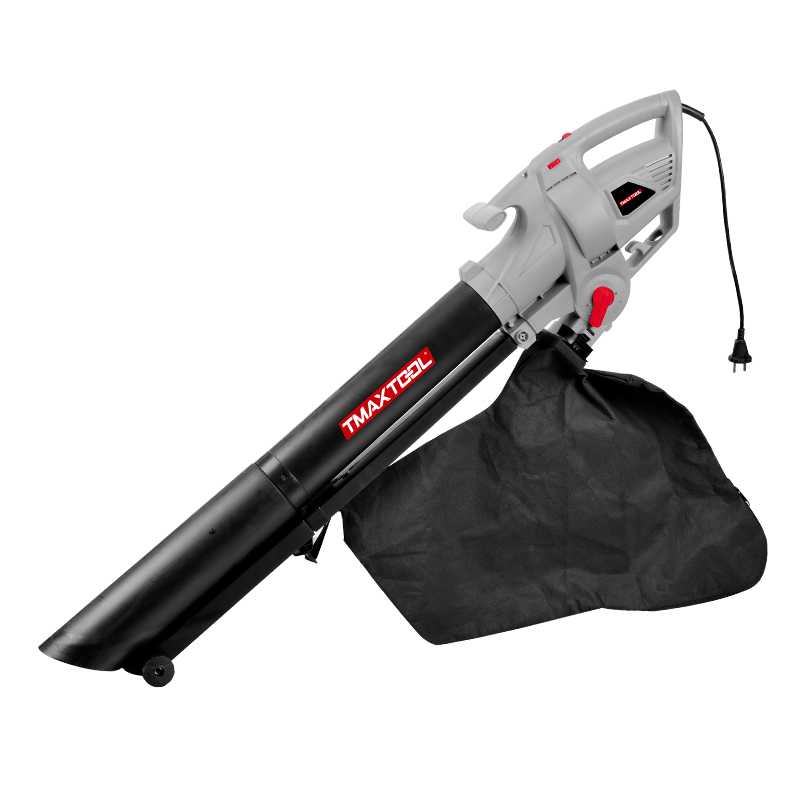 Portable Blower
Portable Blower
 Orbital Sander
Orbital Sander
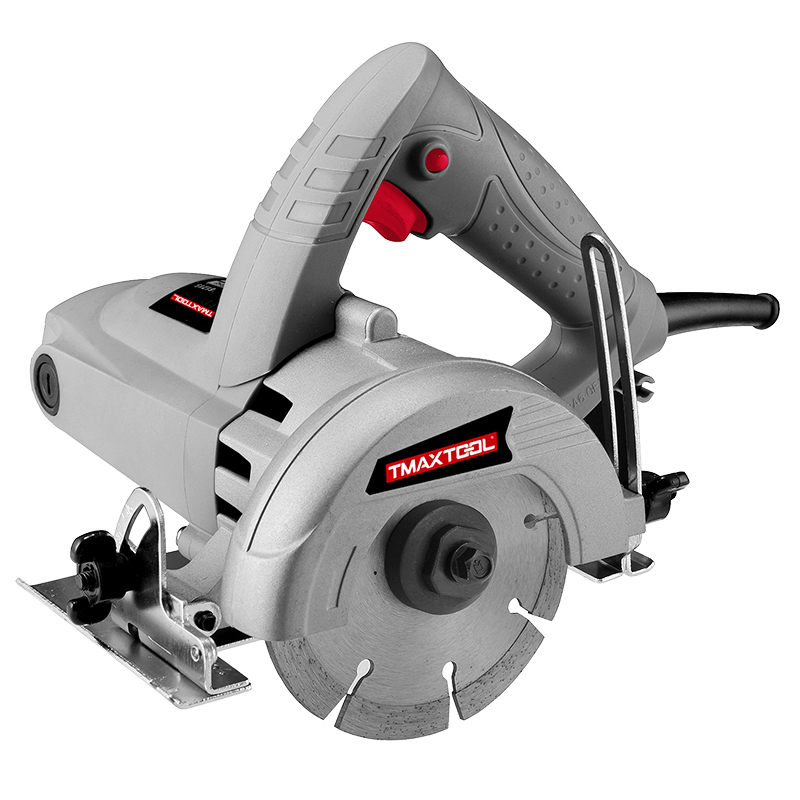 Marble Cutter
Marble Cutter
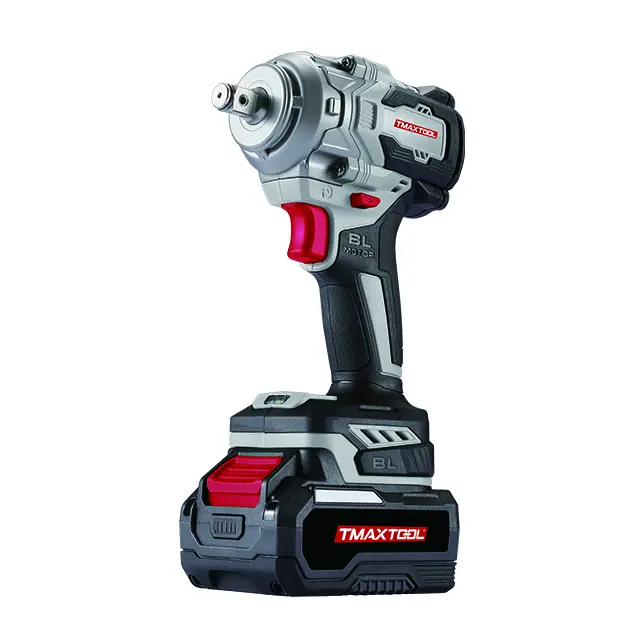 GARDEN TOOLS
GARDEN TOOLS
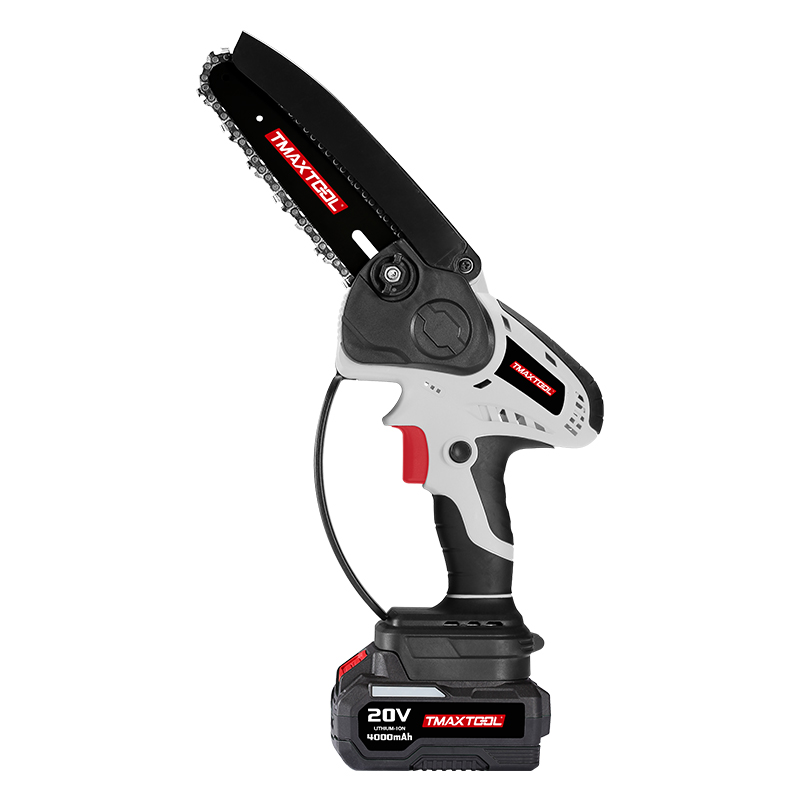 Battery Chain Saw
Battery Chain Saw
 Battery Brush Cutter
Battery Brush Cutter
 Battery Hedge Trimmer
Battery Hedge Trimmer
 Battery Multi Tool
Battery Multi Tool
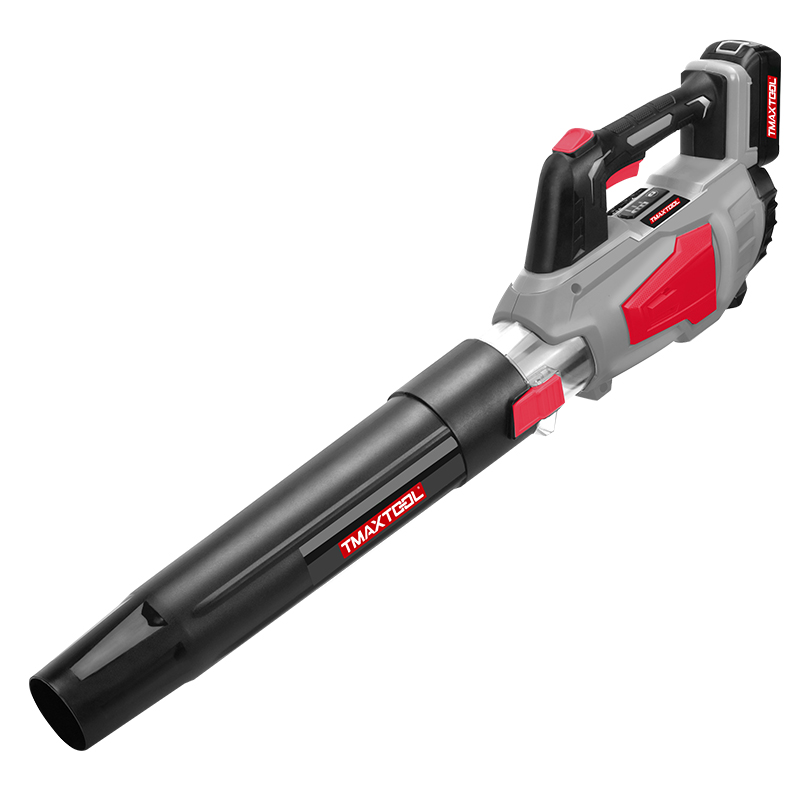 Battery Blower
Battery Blower
 Batter Pruning Shears
Batter Pruning Shears
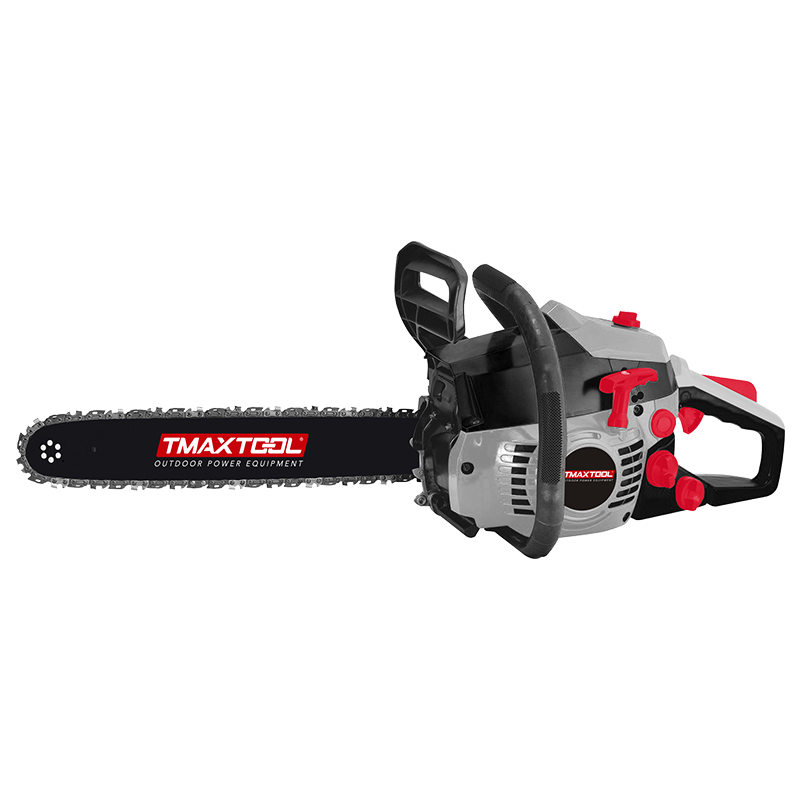 Chain Saw
Chain Saw
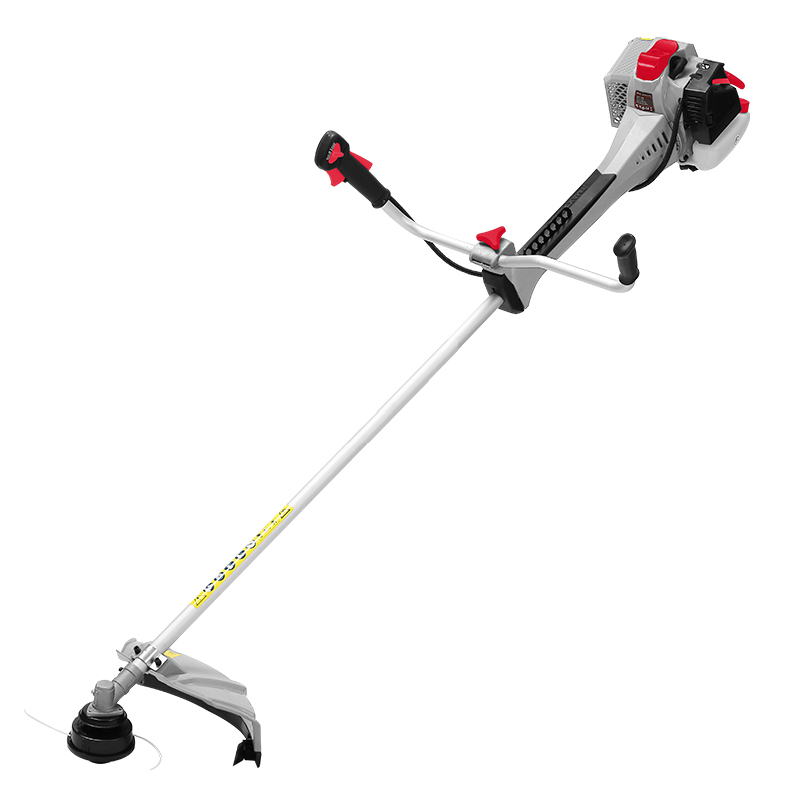 Brush Cutter
Brush Cutter
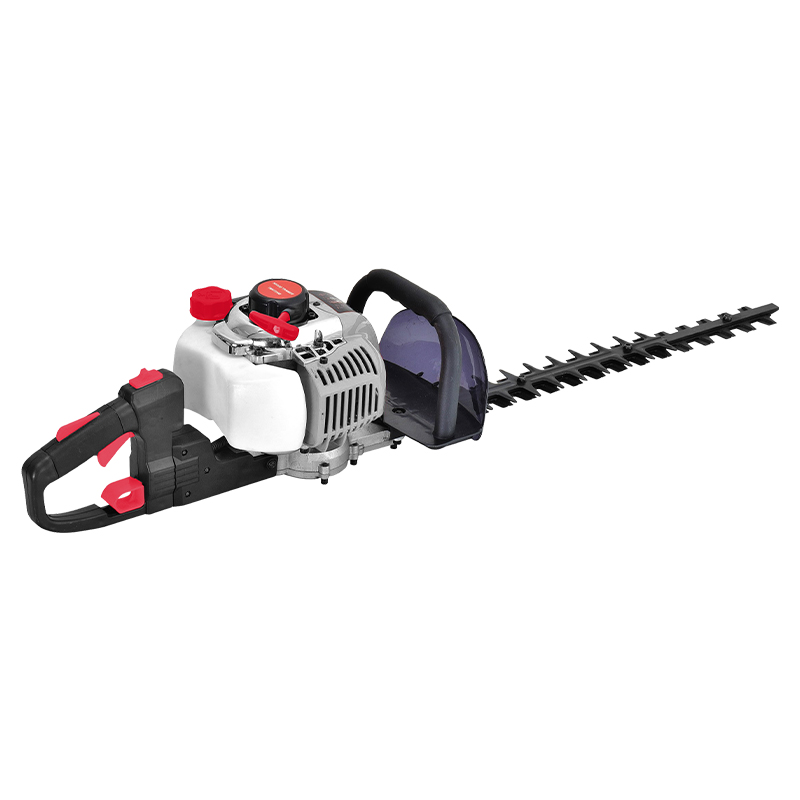 Hedge Trimmer
Hedge Trimmer
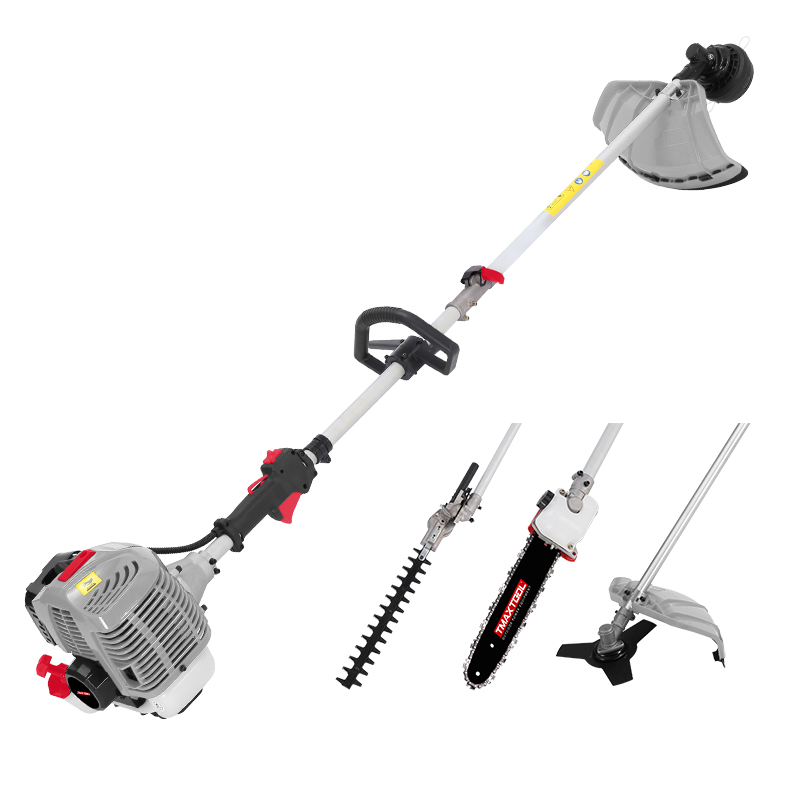 Multi Tool
Multi Tool
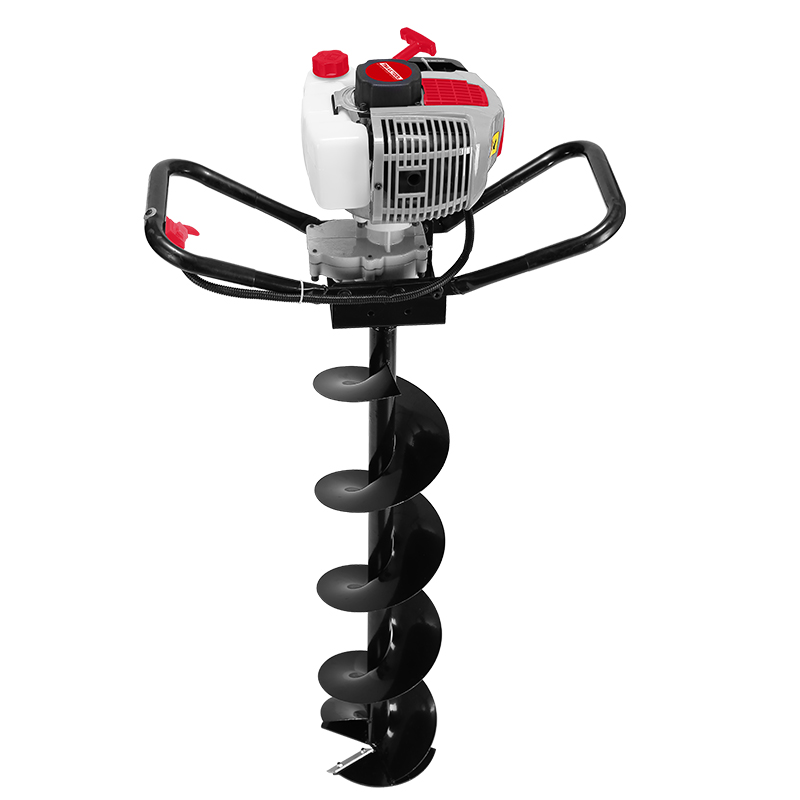 Earth Auger
Earth Auger
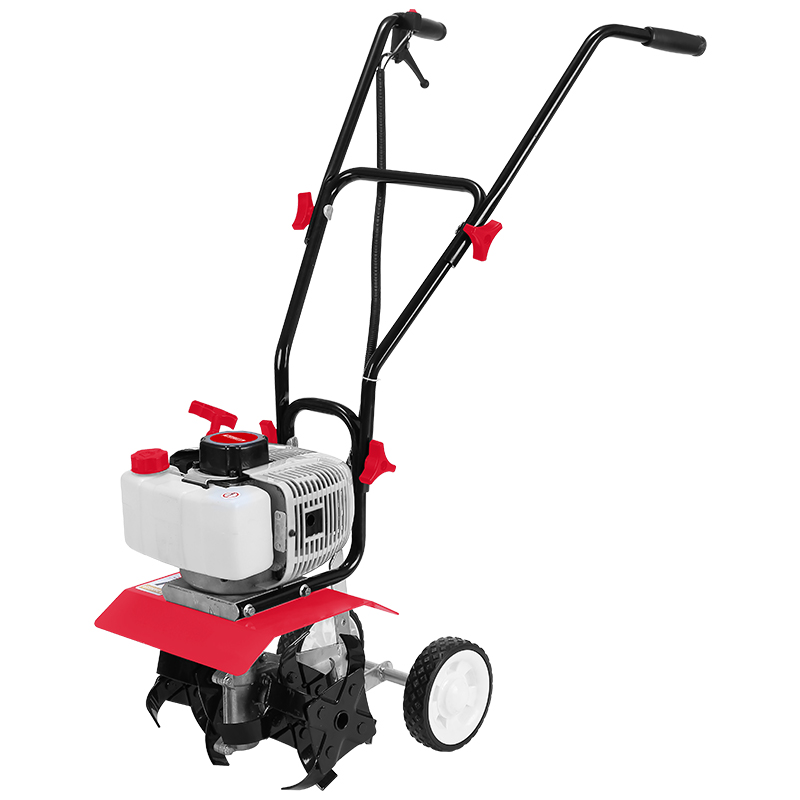 Tiller
Tiller
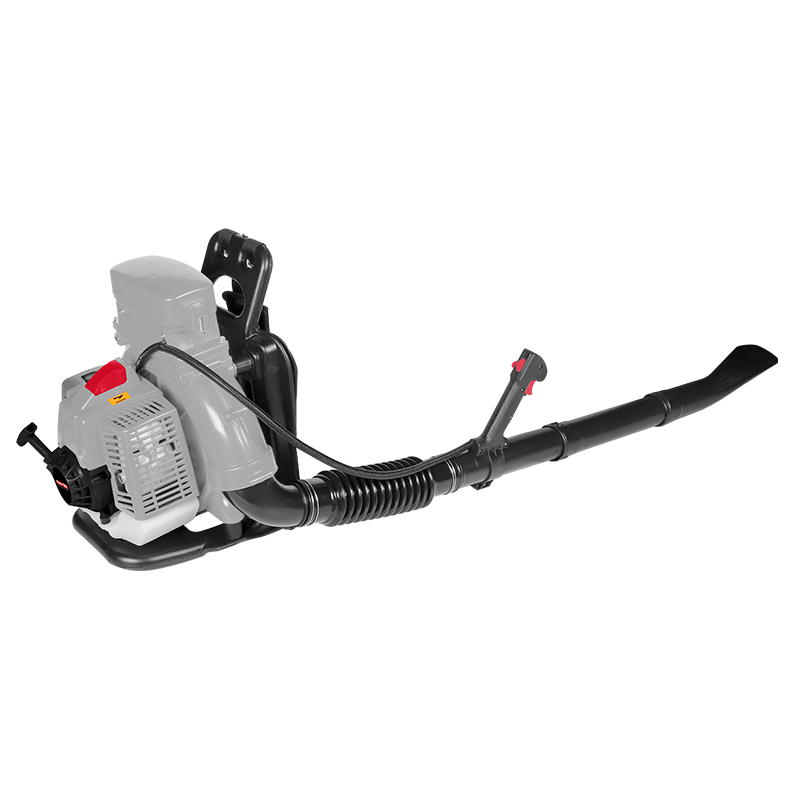 Blower
Blower
 4 Stroke Gasoline Engine
4 Stroke Gasoline Engine
 Generator
Generator
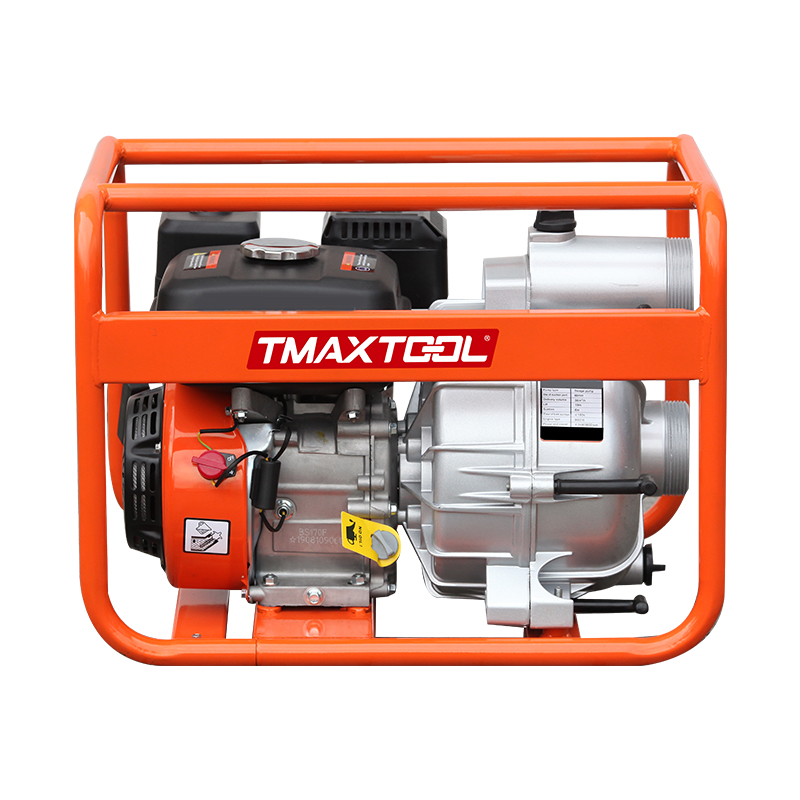 Water Pump
Water Pump
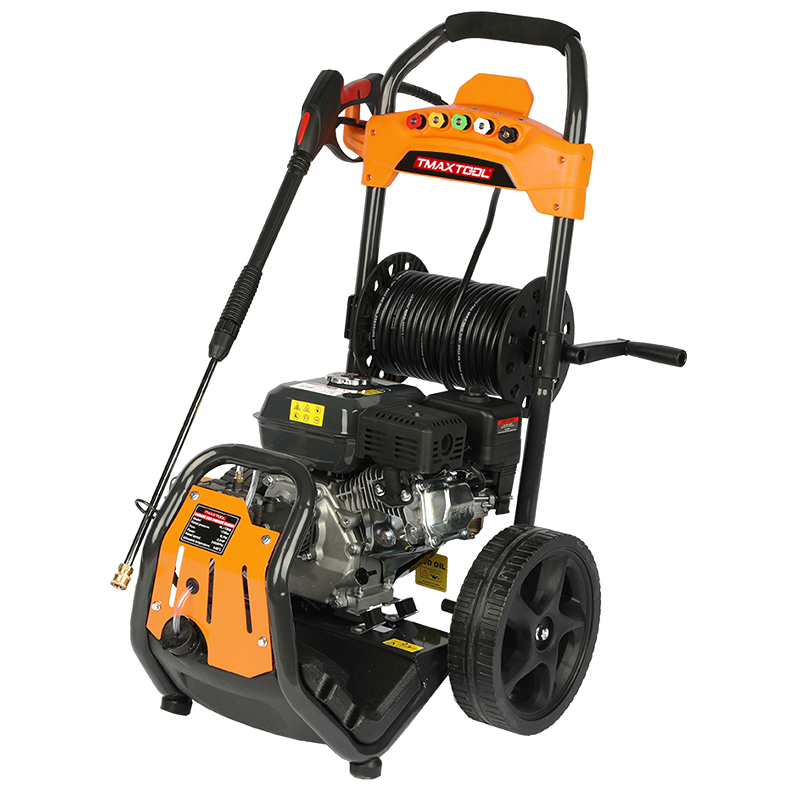 High Pressure Washer
High Pressure Washer
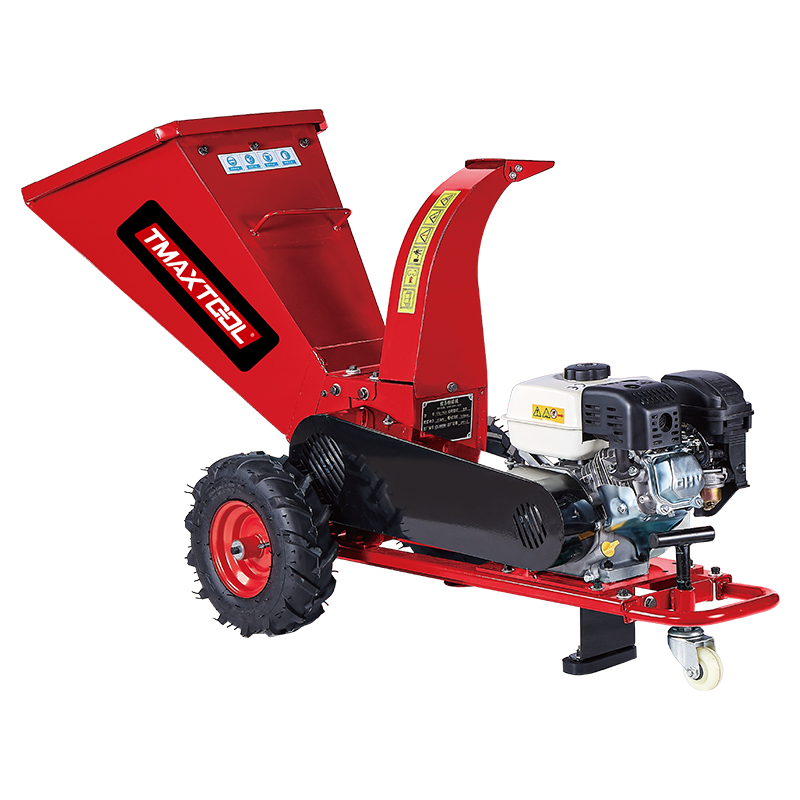 Wood Cutter
Wood Cutter
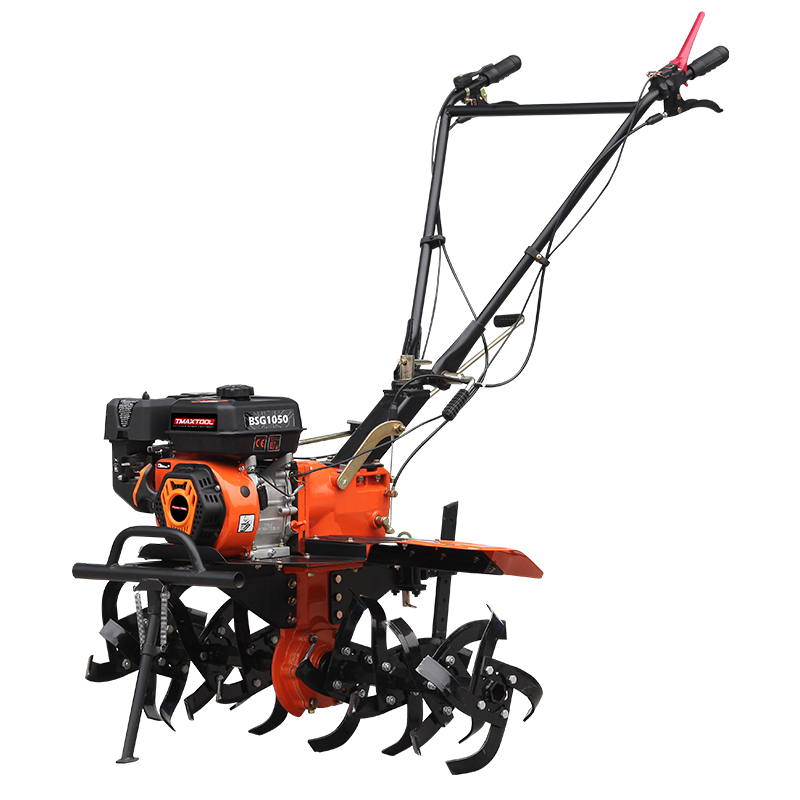 4 Stroke Tiller
4 Stroke Tiller
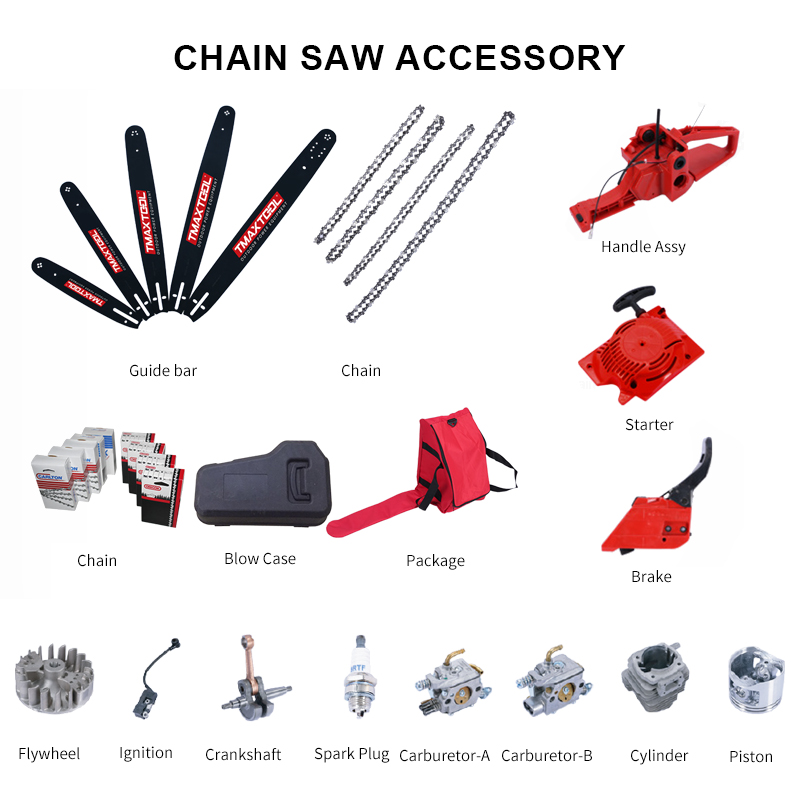 Chain Saw Accessory
Chain Saw Accessory
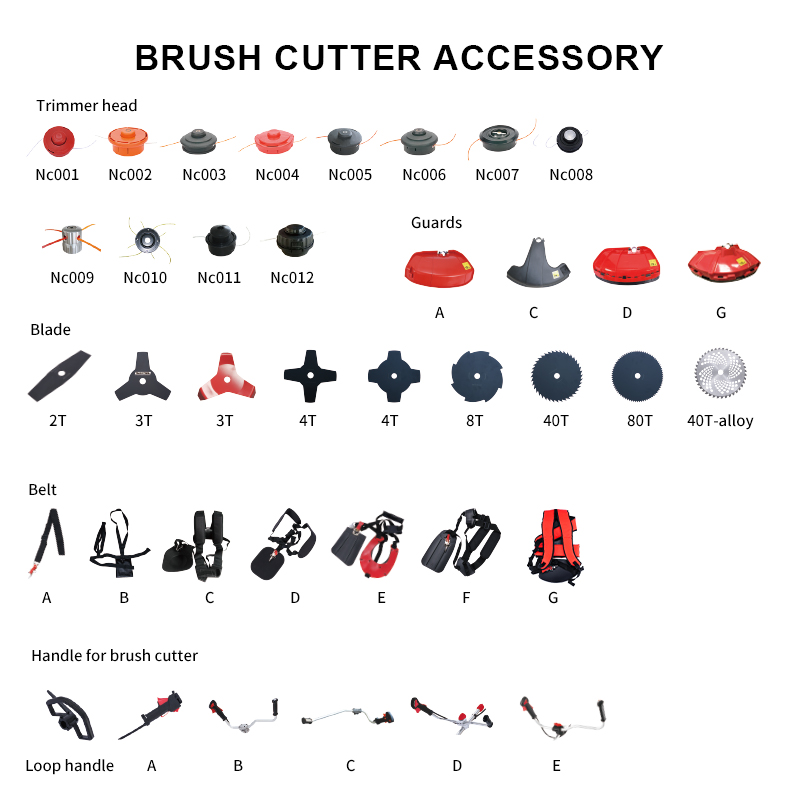 Brush Cutter Accessory
Brush Cutter Accessory
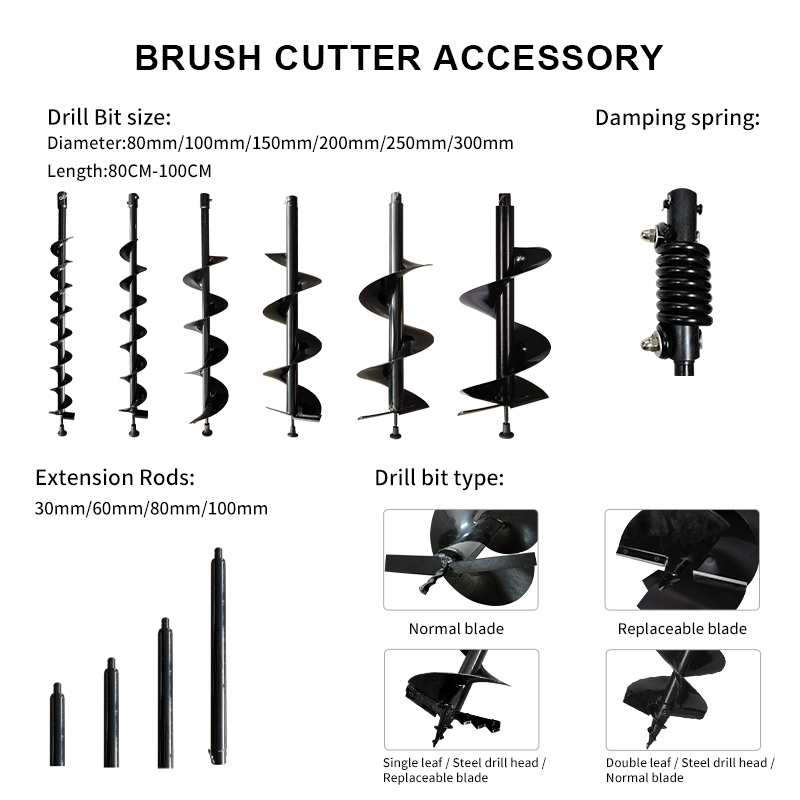 Earth Auger Accessory
Earth Auger Accessory
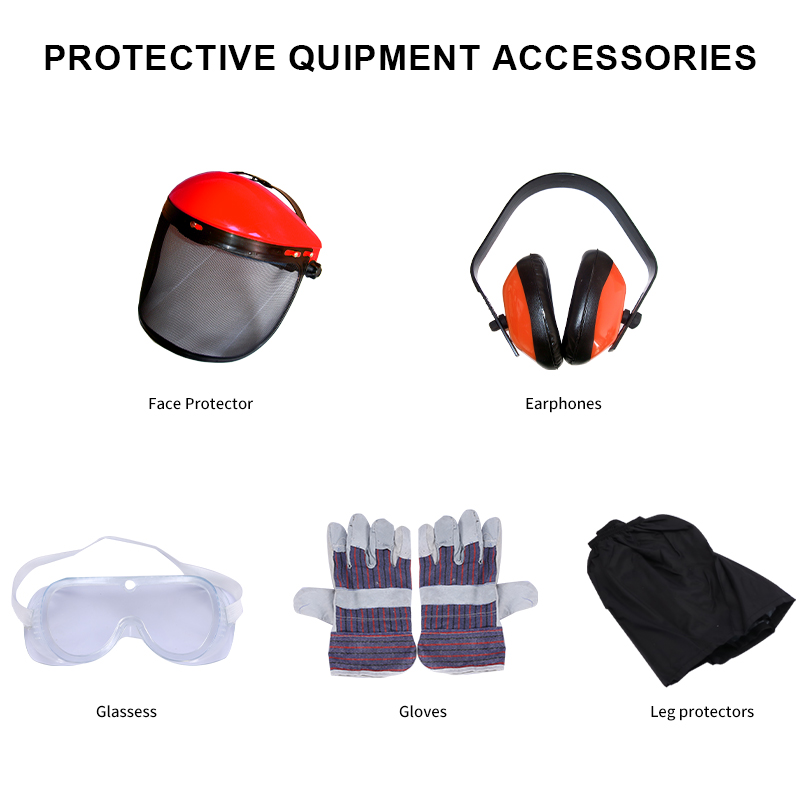 Protective Equipment Accessories
Protective Equipment Accessories




